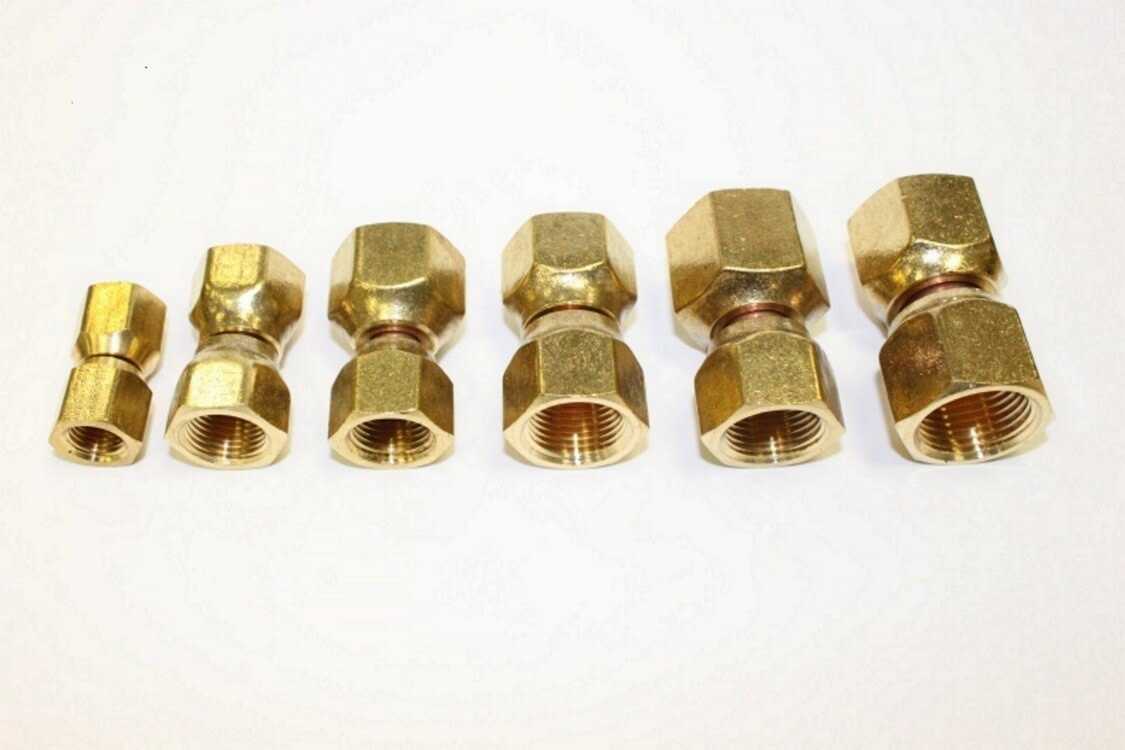A Comprehensive Guide to Brass
Brass is an essential alloy in the manufacturing industry, known for its resilience and versatility. At Xavier, we specialize in using brass in our CNC machining processes, ensuring that we meet the diverse needs of our customers with precision-engineered brass parts.
1.Chemical Composition of Brass
The main components of brass are copper and zinc. Copper gives brass its natural corrosion resistance and excellent thermal properties, while zinc increases its strength. The balance between copper and zinc can be adjusted to create brass with specific characteristics suitable for different applications.
1) Copper
Provides natural corrosion resistance and excellent thermal properties.
2) Zinc
Adds strength; the balance with copper can be adjusted to suit specific needs.
3) Lead
Often added to improve machinability; enhances the ease of forming complex shapes.
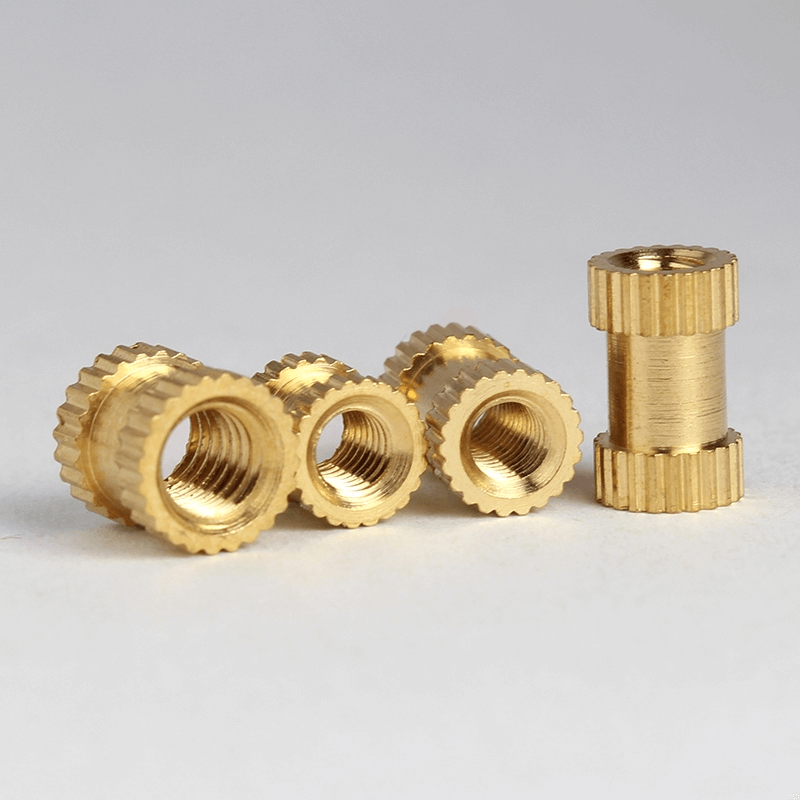
2.Common Variations and Additives
Brass is often modified by adding other elements such as lead, especially when improved machinability is required. This makes brass easier to machine into complex shapes, which is essential for making high-precision parts. Other additives may include tin for strength or nickel for corrosion resistance. Specific discussions include:
1) Red brass
Commonly used in plumbing, contains a higher percentage of copper, also known as C23000 brass in the United States, typically contains about 85% copper, 15% zinc, and a small amount of lead (2-3%). The color is red, and it has a reddish hue compared to other brass varieties due to its higher copper content.
2) Yellow brass
Yellow brass is commonly found in musical instruments and typically contains 65-85% copper and 15-35% zinc. The lead content is usually minimal or non-existent. The color is yellow, with a golden appearance, which is the characteristic of brass in most people’s impression.
There is such a big difference between red brass and yellow brass, I believe every engineer and designer is curious.
3) White brass
White brass (also known as nickel silver) is often used in jewelry for its decorative appearance. Technically, it is not true brass because it does not contain any zinc. Instead, it is an alloy of copper (usually 55-70%) and nickel (18-25%), with other elements such as zinc or manganese added. The color is white with a silvery appearance.
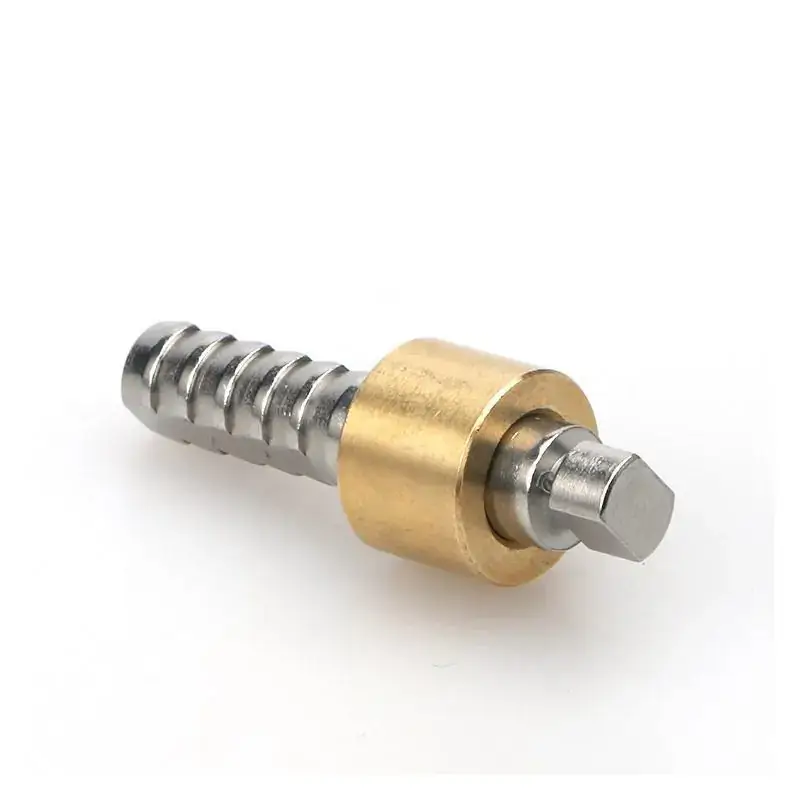
3.Classification of Brass
Brass is classified based on its composition and the properties resulting from these changes. Here are the main types:
1) Common Brass
This widely used type contains 65-85% copper and has a balance of ductility, strength, and corrosion resistance.
2) High Zinc Brass
With a zinc content of 36-42%, high zinc brass has excellent ductility and machinability, making it suitable for complex shapes.
3) Complex Brass
The addition of elements such as lead, tin, nickel, or aluminum to brass can give brass specific properties, such as improved machinability, increased strength, or better corrosion resistance for special applications.
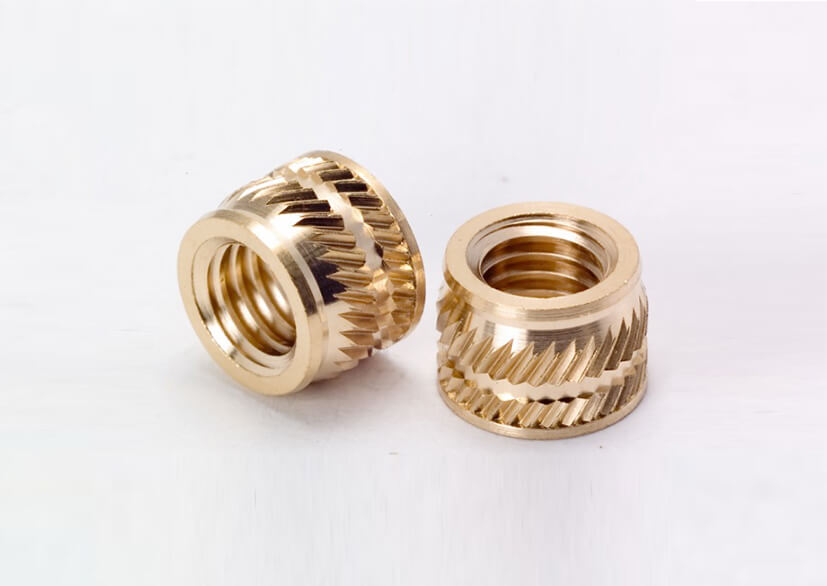
4.Properties of Brass
Brass is highly regarded for its unique combination of properties, making it suitable for a wide range of applications. Here are some key properties:
1) Mechanical Properties
Brass is highly regarded for its strength, durability, and ductility. These properties make it an excellent choice for manufacturing strong and reliable components that need to withstand mechanical stress and wear.
2) Machinability
Brass has excellent machinability, which means it can be easily formed using various machining techniques such as turning, milling and drilling. This property allows the creation of precise and complex brass parts for a variety of applications.
3) Ductility and ductility
One of the most notable features of brass is its excellent ductility and ductility. This means that brass can be easily formed into a variety of shapes without cracking or breaking. This property makes it ideal for applications that require intricate details.
4) Corrosion resistance
Brass has good corrosion resistance, especially in dry environments. This property makes it a reliable choice for applications that are often subject to wear and tear.
5) Alloy enhancement
While copper and zinc form the core, adding small amounts of other elements can significantly enhance specific properties, making brass more suitable for a variety of applications. The effects of elements such as tin and nickel on properties.
It is worth noting that the specific properties of brass may vary depending on the ratio of copper and zinc and the presence of other elements such as lead, tin or nickel. However, the above core characteristics remain the key advantages that have driven brass to prominence in various industries.
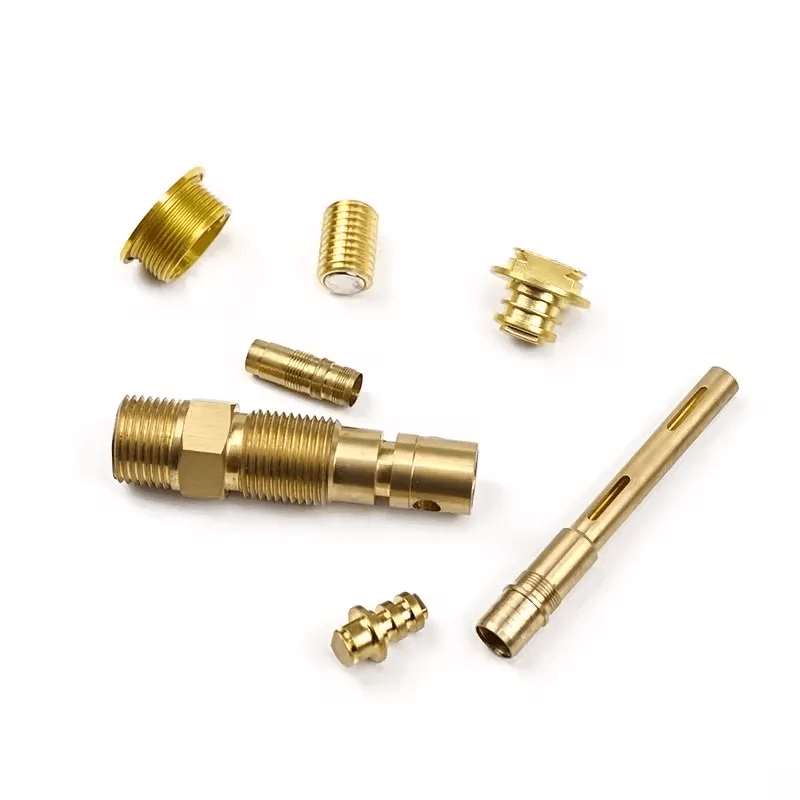
5.Applications of Brass
Due to its excellent properties, brass is used in a wide range of industries, making it an extremely versatile material. Here are some of the prominent applications:
1) Architectural Hardware
Used extensively in door handles, hinges, faucets, and other architectural hardware, brass is both functional and aesthetically pleasing.
2) Manufactured Components
Due to its strength, workability, and corrosion resistance, brass is used to manufacture a variety of components, including gears, valves, fittings, bolts, and screws.
3) Musical Instruments
Brass is an important material for musical instruments such as trumpets, trombones, French horns, and tubas. Its acoustic properties and ability to be molded into complex shapes make it ideal for producing rich, resonant sound.
4) Decorative Items
Brass is favored in decorative items and architectural embellishments for its aesthetic qualities. Its golden color and sheen make it popular in accessories and fine decorative work. Brass decorative accents, jewelry, and furniture trim add a touch of elegance and warmth to interiors.
5) Plumbing Fixtures
Brass faucets and shower components resist corrosion from water, ensuring long-lasting performance.
6) Marine Applications
Brass fittings and components used on board ships can withstand harsh saltwater environments.
7) Heat Sinks
Brass components can effectively transfer heat away from electronic devices, preventing overheating.
8) Machinability and Aesthetics
Brass is not only easy to machine, but also easy to work with. It also offers a visually appealing finish, making it a favorite for both functional and decorative components. Brass has a unique golden appearance that adds an air of elegance and sophistication to any application. Xavier uses these properties to provide components that meet both technical and aesthetic standards.
9) Electrical and Electronic Components
Due to its good electrical conductivity and machinability, brass finds application in wires, cables, connectors, and circuit boards. Brass also has good thermal and electrical conductivity and excellent corrosion resistance. These properties make it particularly useful in electrical and plumbing applications where the material must work reliably for a long time in varying environmental conditions.
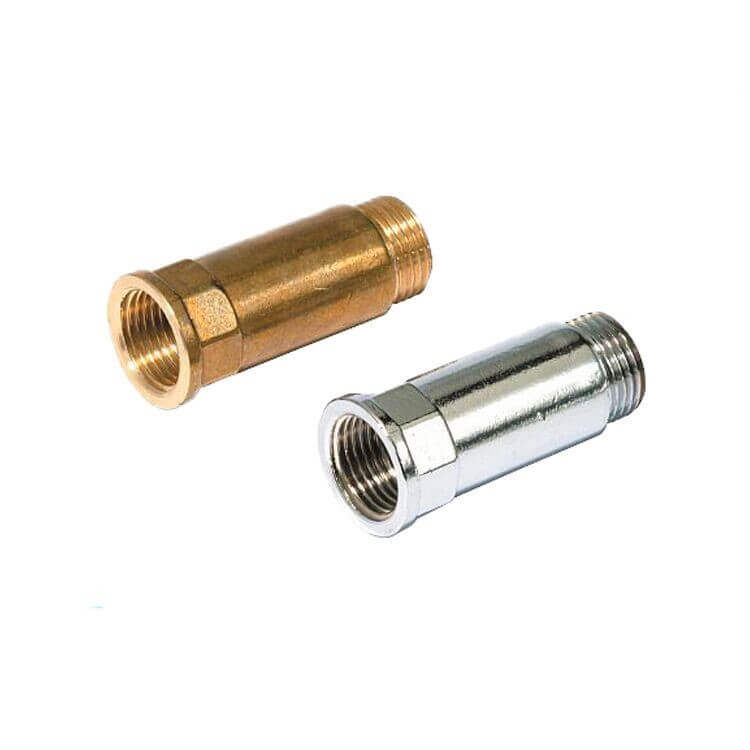
6.Disadvantages of Brass
While brass is widely used and praised for its many beneficial properties, it also has some limitations that may affect its suitability for certain applications. Here are the main disadvantages:
1) Corrosion
Prone to dezincification and stress corrosion cracking, especially in humid environments.
2) Electrical conductivity
Low electrical and thermal conductivity compared to other metals such as copper.
7.Machinability and safety
Brass is highly regarded for its excellent machinability, making it a popular choice for efficient manufacturing of complex parts by Xavier CNC machining centers. However, safety considerations are critical due to some of the characteristics of brass:
1) Machinability of brass
①Easy to machine
Brass can be machined at high speeds, which increases productivity and reduces tool wear, saving costs and extending machinery life.
②Surface finish
It generally produces an excellent surface finish, minimizing the need for additional machining.
2) Safety issues
Some brass alloys contain lead to improve machinability. This can pose a health risk during machining, as lead particles may float in the air, so strict safety measures are required.
①Metal fume heat
Machining brass, especially at high temperatures, releases zinc oxide fumes. Inhalation of these fumes can cause metal fume fever, a temporary but severe flu-like condition.
Safety Practices at Xavier CNC Machining
②Lead-free alloys
We prioritize the use of lead-free brass to avoid health risks.
③Protective measures
Implementing comprehensive safety training, proper ventilation, and protective equipment is essential to protecting our workers.
At Xavier CNC Machining, we ensure the safety of our team while maintaining high standards of efficiency
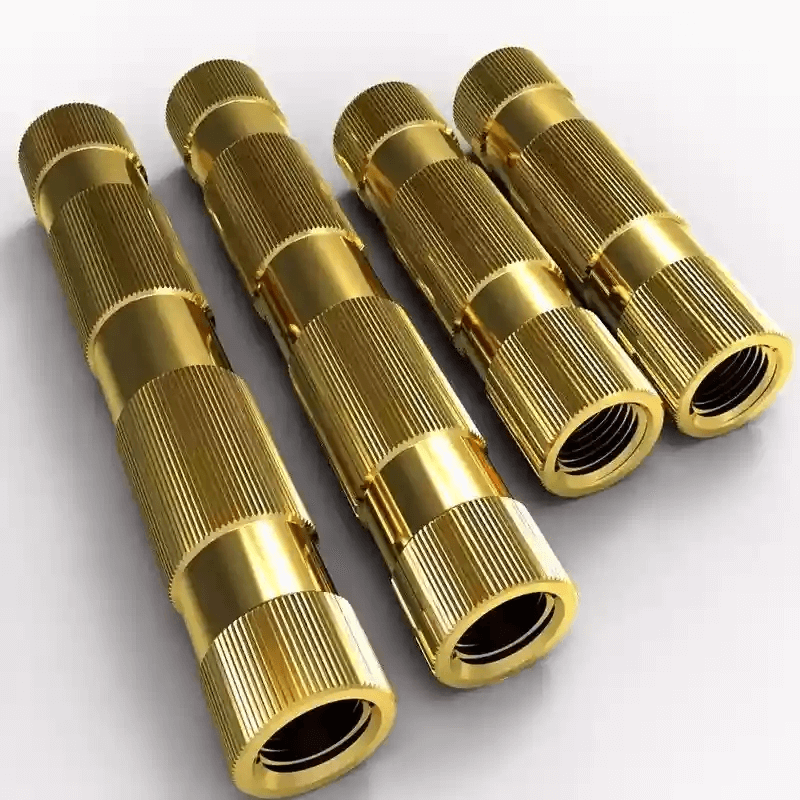
8.Price
Price varies with copper content; high copper prices can make brass expensive.
9.Strength
Not suitable for high-stress applications that require more durable materials.
At Xavier CNC Machining, we consider these factors to guide you in selecting the material that best suits your needs, ensuring optimal performance and cost-effectiveness.
10.Cost-effectiveness and sustainability
1) Affordable
The durability and cost-effectiveness of brass make it an ideal choice for manufacturing.
2) Recycling and Environmental Impact
Discuss the recyclability of brass and its environmental considerations.
